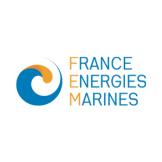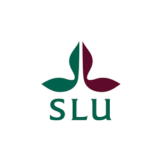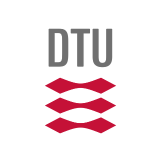DTO-Track
Digital Twin of the Ocean: Animal Tracking
Key facts
Status: ongoing
Duration:
27 May 2024 - 27 May 2027
Theme:
Digital Twin of the Ocean
Contact
Description
The ocean is a wickedly challenging area to conduct scientific research. Marine fish evolve in an environment that is not readily accessible (immersed, offshore) leading to fragmented, and sometimes non-existent, knowledge of species distribution and ecology. The concept of generating digital twins of the ocean is borne from the necessity of having tools and methodologies available to support research and management activities on Europe’s seas. In this context, data and tools derived from mapping and animal tracking can support efforts aimed at facilitating modelling and simulations for fisheries management and spatial planning. Digital twins have largely focused on physical features of the oceans, especially bathymetric mapping, water circulation, and physicochemical properties; however, biological digital twins developed from animal tracking are highly promising to support management actions and key policy like the EU Common Fisheries Policy and the Marine Strategy Framework Directive.
Animal tracking (acoustic, archival telemetry) has emerged as a valuable scientific tool for marine ecology and oceanography. Animal movement is an essential ocean variable1, but one that is generally challenging to ascertain because of the highly dynamic nature of animal movement at the immense scale at which it must be observed, and because GPS signals cannot reach satellites from under water. Technological advances in aquatic animal telemetry technologies have allowed for near-continuous remote observation of marine animals after initial capture. Innovations driven forward by the European Tracking Network (ETN) are entrenching telemetry as a key tool for tracking aquatic species in Europe, and will support the development of a digital twin of the North Sea fauna in this project. DTOTrack will leverage existing telemetry infrastructure in eight different European nations along with a dedicated international digital infrastructure housed at VLIZ (ESFRI LifeWatch and Horizon Europe Bioflow), and the new Horizon Europe STRAITS project, which is instrumenting major acoustic telemetry receiver lines along the Danish Straits and the Celtic Straits to develop a digital twin of North Sea fauna. In this project, eight North Sea member states will collaborate to deploy regional infrastructure (tags and receivers), and leverage existing physical (STRAITS project lines) and digital infrastructure (LifeWatch ETN database) to develop a digital twin of the North Sea’s fauna. Funding will be leveraged to coordinate animal tagging studies across countries to test hypotheses about animal migration and behaviour, overlap with offshore developments, and to address ‘what if’ scenarios of interest to managers, developers, and conservation organisations, using novel data streams and integrated tools.










